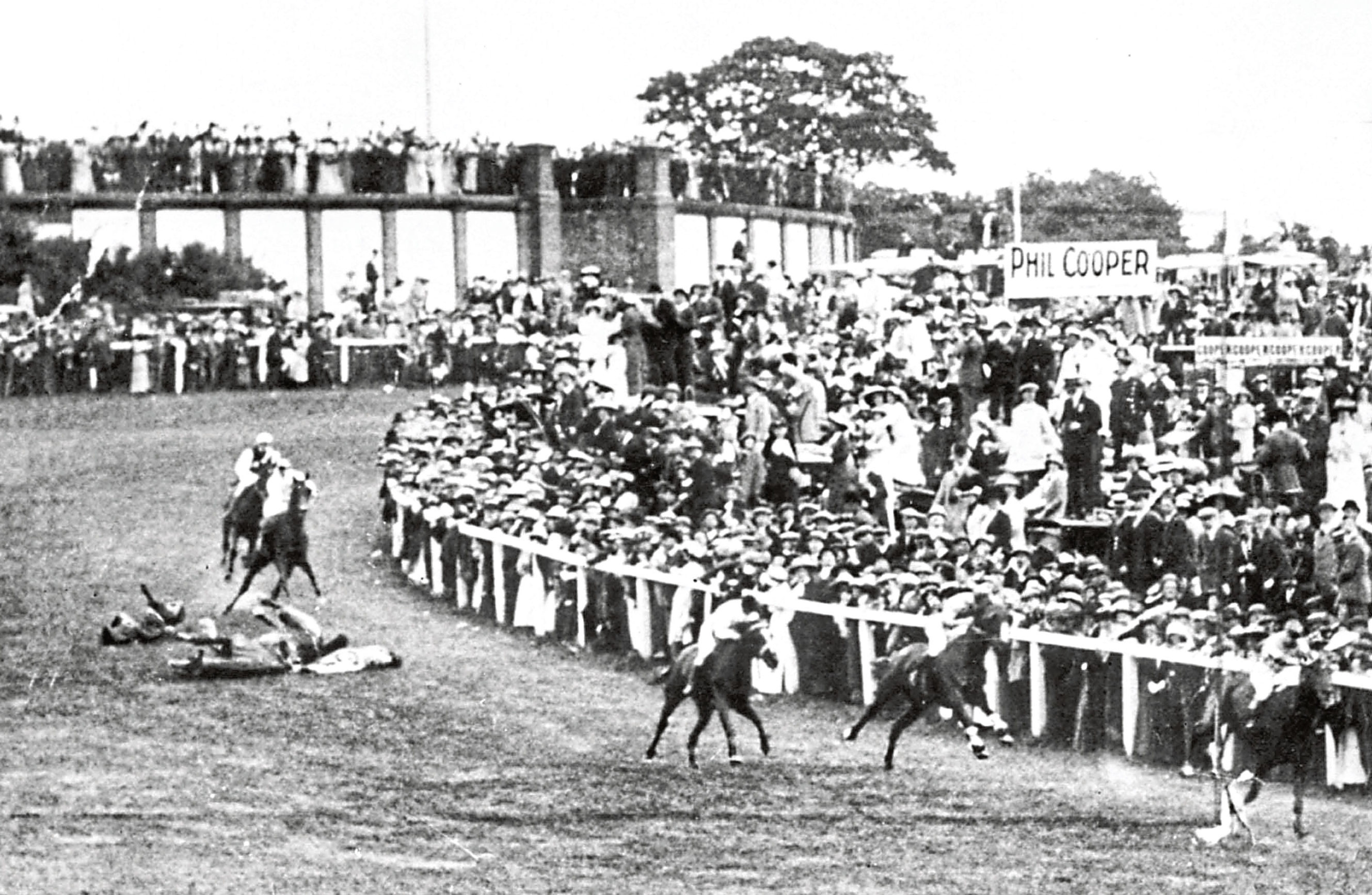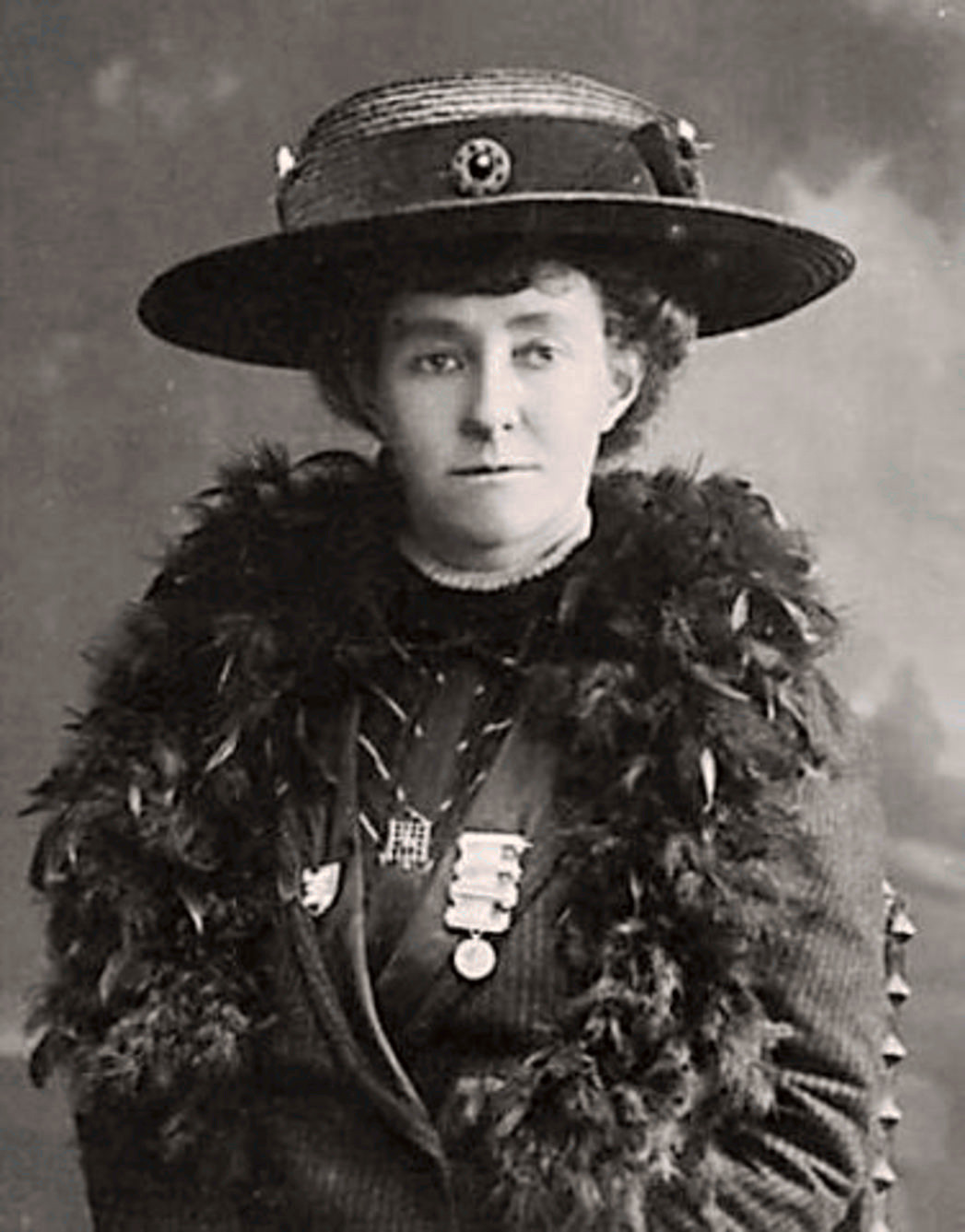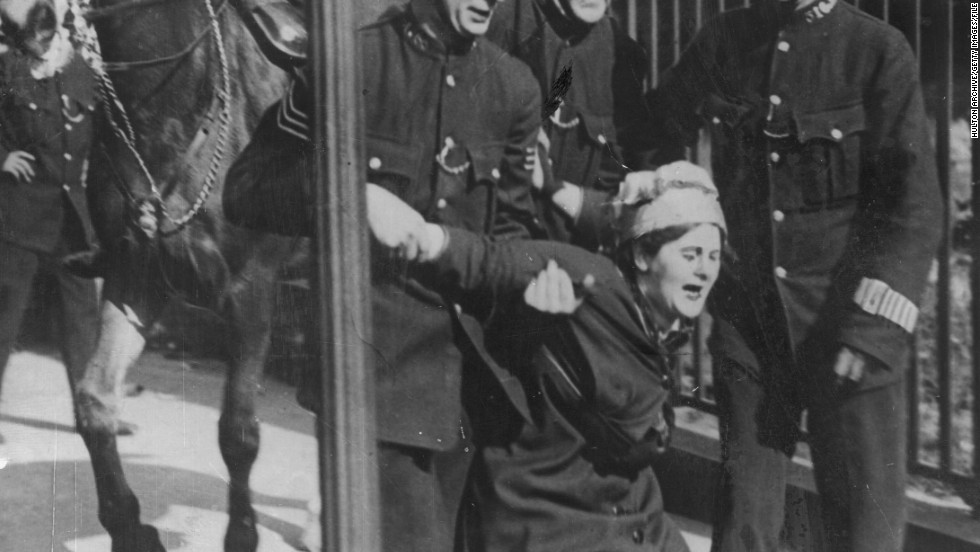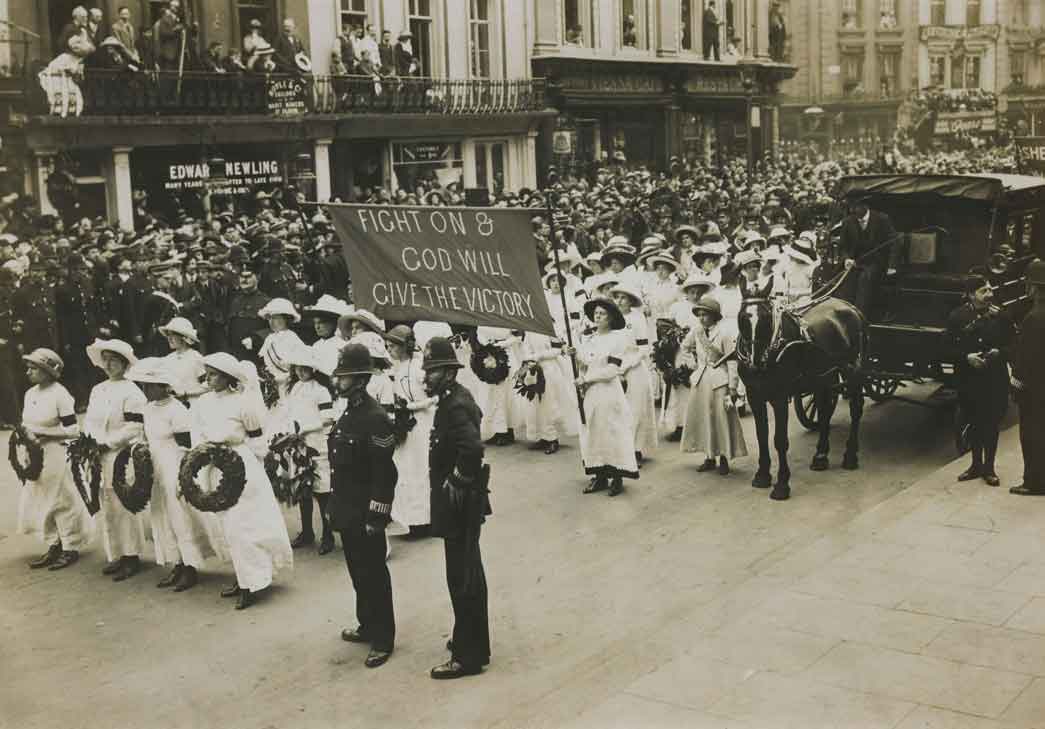Suffragette Emily Davison, jockey
Herbert Jones, and Anmer, a horse owned by the King of England, lie on the
track at the Epsom racecourse in England on June 4, 1913.


Emily Wilding Davison was a
militant fighter for women’s rights. Her tactics included breaking windows, throwing
stones, setting fire to postboxes and, on three occasions, hiding overnight in
the Palace of Westminster and going on hunger strikes seven times and was force-fed on forty-nine occasions. She was also a staunch socialist passionate
Christian.
In March 1909 she was arrested
for the first time for leading a march of 21 women to see the prime minister.
The march ended in a fracas with police, in which Davison was locked up for "assaulting
the police in the execution of their duty" and sent to prison for a month.
In July of 1909, Davison was
arrested again for interrupting a public meeting from which women were barred,
held by the Chancellor of the Exchequer, David Lloyd George; she was sentenced
to two months for obstruction. She went on hunger strike and was released after
five and a half days. Following the first episode of forced feeding while in
prison, and to prevent a repeat of the experience, Davison barricaded herself
in her cell using her bed and a stool and refused to allow the prison
authorities to enter. They broke one of the window panes to the cell and turned
a fire hose on her for 15 minutes while attempting to force the door open. By
the time the door was opened, the cell was six inches deep in water. She was
taken to the prison hospital where she was warmed by hot water bottles. She was
force-fed shortly afterward and released after eight days. Davison sued the
prison authorities for the using the hose and in January 1910, she was awarded 40 shillings in damages.

She was arrested again in
September the same year for throwing stones to break windows at a political
meeting. Sent to Strangeways prison for two months, she again went on a hunger
strike and was released after two and a half days.
Davison was arrested again in
early October 1909, while preparing to throw a stone at the cabinet minister
Sir Walter Runciman and was charged with attempted assault but released.
In April 1910 Davison decided to
gain entry to the floor of the House of Commons to ask h about the vote for
women. She entered the Palace of Westminster with other members of the public
and hid in the heating system overnight. On a trip from her hiding place to
find water, she was arrested by a policeman, but not prosecuted. Shortly
afterward she broke several windows in the Crown Office in parliament. She was
arrested and sentenced to a month in prison, went on hunger strike again and
was force-fed for eight days before being released.
In December 1911 she was arrested
for arson on the postbox outside parliament and admitted to setting fire to two
others. Sentenced to six months in Holloway Prison.
In June of 1912, she and
other suffragette inmates barricaded themselves in their cells and went on
hunger strike; the authorities broke down the cell doors and force-fed the
strikers. Following the force-feeding, Davison decided to jump from one of the
interior balconies of the prison. She cracked two vertebrae and badly injured
her head.
In November 1912 Davison was
arrested for a final time, for attacking a Baptist minister with a horsewhip;
she had mistaken the man for Lloyd George. She was sentenced to ten days'
imprisonment and released early following a four-day hunger strike
On the day in June 1913 that she
was killed, Davison had run out on the
track, perhaps to attach a women’s suffrage flag or banner to the kings horse
and was literally run over. After colliding with Anmer, Davison collapsed unconscious
on the track. The horse went over, but then rose, completing the race without a
jockey. Davison died of her injuries a few days later; (fracture of the base of
the skull) The horse and jockey were fine, although Jones did suffer a
concussion.

The incident was captured on
three newsreel cameras and showed that the
40-year-old Davison, was not, as assumed at the time it happened, attempting to
pull down Anmer, the royal racehorse, but was reaching up to attach a suffragette
scarf to its bridle. Davison’s position before she stepped out on to the track
would have given her a clear view of the oncoming race, contrary to the
argument that she ran out recklessly to kill herself.

At the inquest into Davison's
death the coroner decided that, in the absence of evidence to the contrary,
Davison had not committed suicide. The coroner also decided that, although she
had waited until she could see the horses, "from the evidence it was clear
that the woman did not make for His Majesty's horse in particular".

A procession of 5,000
suffragettes and their supporters accompanied her coffin and 50,000 people
lined the route through London as she was taken to be buried.


